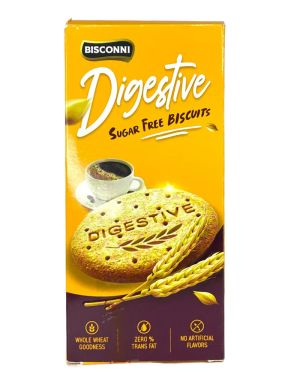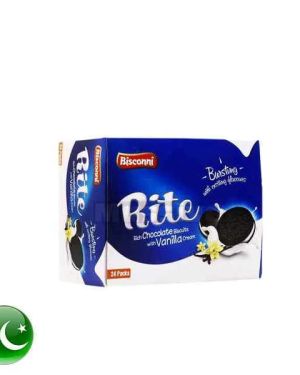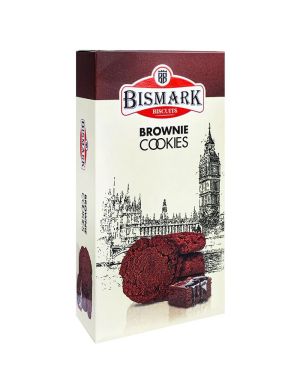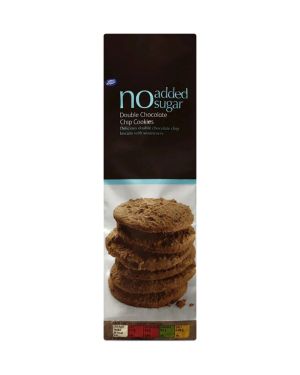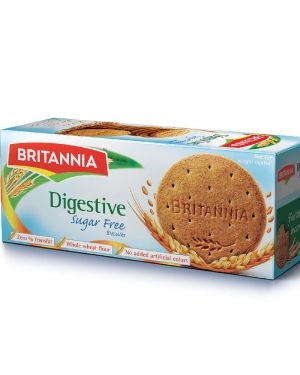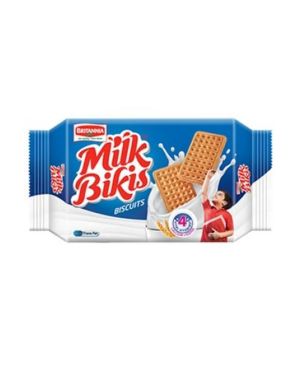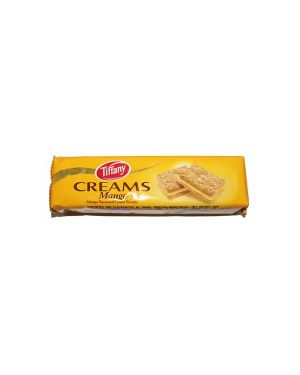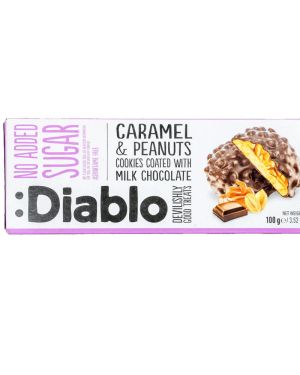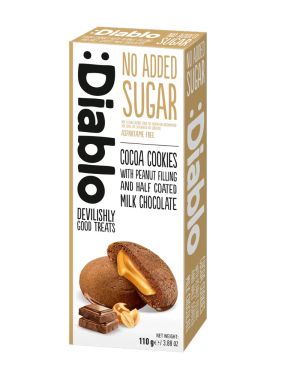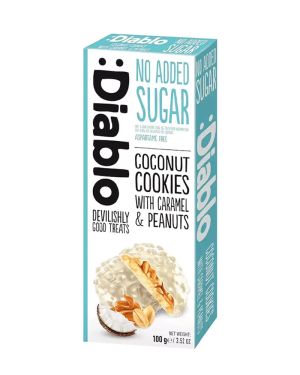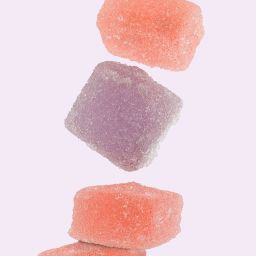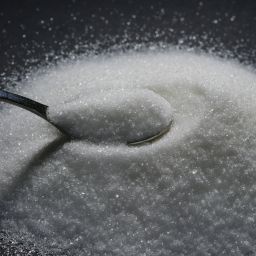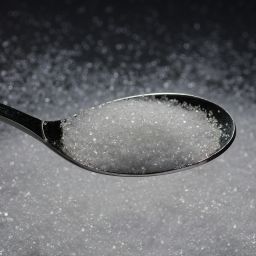As more people embrace healthier lifestyles, terms like “sugar-free” and “no added sugar” are becoming increasingly common on product packaging. But while they sound similar, they don’t actually mean the same thing—and understanding the difference is crucial if you’re trying to reduce your sugar intake.
In this article, we’ll break down what these labels mean, how they impact your health, and what to look out for when shopping.
What Does “Sugar-Free” Mean?
“Sugar-free” typically means the product contains less than 0.5 grams of sugar per serving, according to most food regulation standards. This includes all types of sugars: natural, added, and artificial.
Sugar-free products often use sugar substitutes or artificial sweeteners such as:
Stevia
Erythritol
Monk Fruit Extract
Aspartame (though controversial)
Sucralose (commonly known as Splenda)
These sweeteners provide the sweet taste people love without the calories or blood sugar spike associated with real sugar.
What Does “No Added Sugar” Mean?
A “no added sugar” label means that no sugar was added during the manufacturing process—but the product may still contain naturally occurring sugars.
Examples include:
Fruit juices (contain natural fructose)
Yogurt (contains lactose)
Nut butters (naturally contain small sugars from nuts)
So, while a “no added sugar” product might seem healthier, it may still have a significant amount of natural sugars and calories—something to keep in mind if you’re watching your blood sugar or trying to lose weight.
How to Choose Between the Two
The right choice depends on your goals:
Weight Loss or Diabetes Management: Go for sugar-free options to minimize sugar intake completely.
Clean Eating with Minimal Processing: Choose no added sugar products made from whole ingredients with natural sweetness (like dates or fruit).
Remember to always check the nutrition label and ingredients list. Some “no added sugar” snacks may still contain high glycemic index carbs or high calorie content.
Common Misconceptions
“Sugar-Free” Means Calorie-Free: Not always. Some sugar-free foods still contain fat and carbs, which contribute to the total calories.
“No Added Sugar” Means It’s Good for Diabetics: Not necessarily. Natural sugars can still spike blood glucose levels.
All Sugar Substitutes Are Safe: Some artificial sweeteners (like aspartame or saccharin) have controversial studies behind them. Stick to natural sweeteners if you’re unsure.
Conclusion
Knowing the difference between sugar-free and no added sugar can help you make smarter choices. Whether you’re managing diabetes, trying to lose weight, or simply living healthier, being an informed shopper is key.
Remember, the goal isn’t just about cutting sugar—it’s about choosing better nutrition overall.



